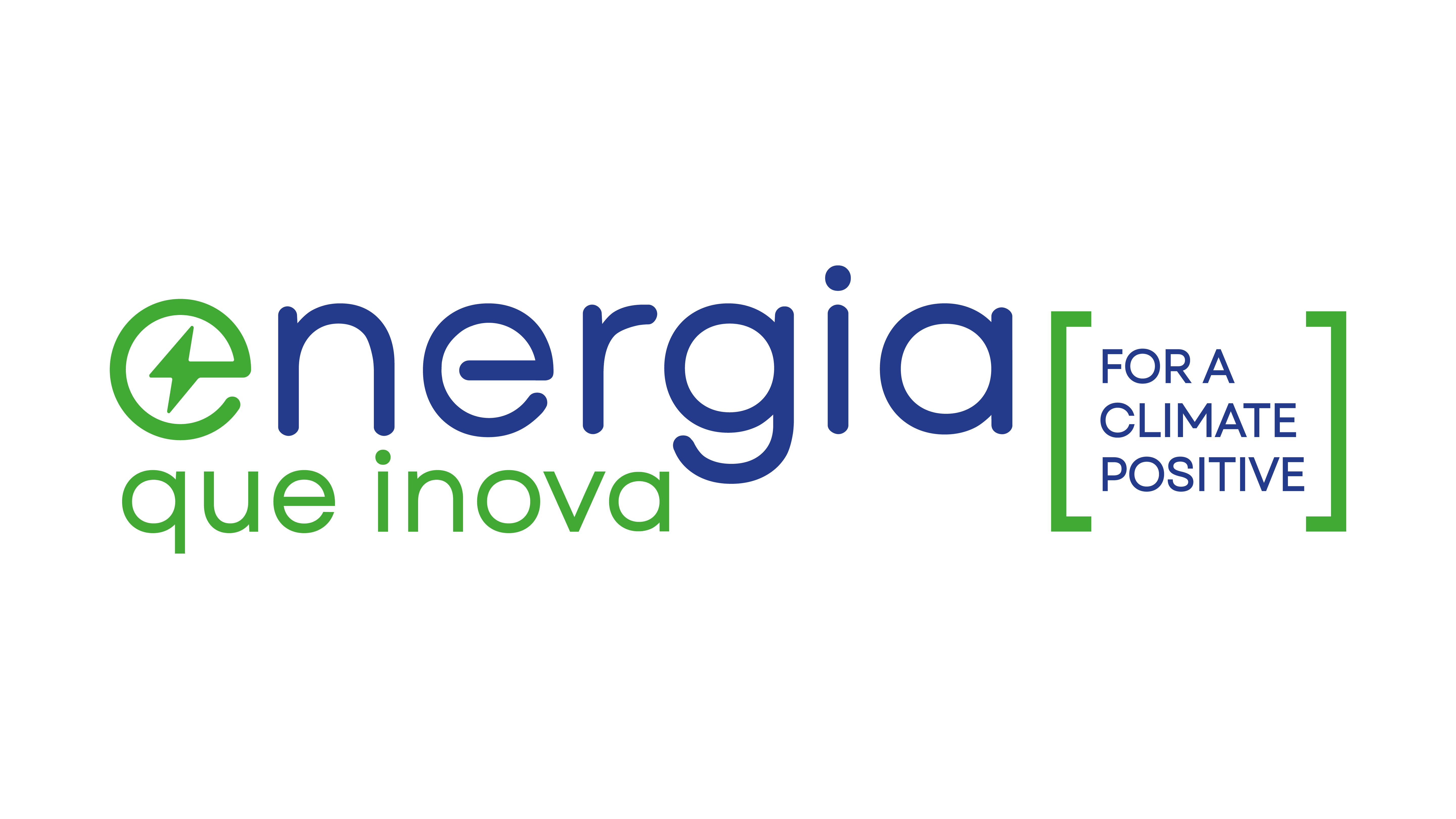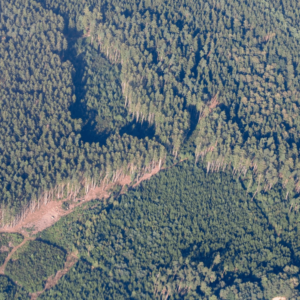While cars, trucks and planes are often blamed for the climate crisis, shipping also plays a significant role in the emission of greenhouse gases, nitrogen oxides and sulfur pollution. This is because ships often rely on heavy, cheap fuel oil.
A promising solution to clean up the shipping industry is the use of wind powered ships. While this approach may conjure up images of the famous Cutty Sark times, new high-end wind propulsion technology can be fitted to existing ships to reduce fuel consumption. These systems can provide anywhere from 10% to 90% of a ship's energy needs, depending on its location in the ocean and the weather patterns it leverages. The wind, abundant and stronger at sea than on land, is a free source of energy and the use of software advanced weather routing lets you plot the fastest, most fuel-efficient routes.
A variety of wind-powered devices such as sails, kites, and vertical cylinder-like rotors were designed for ships. These systems can be installed on the deck of existing vessels, facilitating their adaptation. Currently, more than 20 commercial cargo ships already use wind energy to reduce fuel consumption, and more vessels are being launched in this direction. However, the large-scale adoption of wind energy in the marine industry still faces challenges.
During the 19th century, the global shipping industry operated with zero emissions, driven primarily by wind energy. However, this era was quickly replaced by steam propulsion, marking the end of the wind era. The rise of marine fuel oil in the 1930s virtually eliminated steam as a source of wind power in the shipping industry by the end of the 20th century.
According to Maritime Insight, marine fuel oil refers to crude oils with a density greater than 900 kg/m3 at 15ºC, fuel oils with a density greater than 900 kg/m3 at 15ºC (or kinematic viscosity greater than 180 mm2/s at 50ºC), as well as bitumen , tar and its emulsions. However, in a move towards a more sustainable future, the marine industry is rediscovering wind energy as a viable alternative.
The renewed adoption of wind energy would allow the marine industry to reduce its dependence on marine fuel oil and its negative consequences for the environment. By exploiting wind-powered propulsion solutions such as sails, kites and rotors, ships could again harness the natural power of the wind to generate power, minimizing greenhouse gas emissions and reducing associated pollution.
This shift towards wind energy in the marine industry represents an important step towards a more sustainable and environmentally conscious future. By reinventing and adopting advanced wind technologies, the marine industry can play a key role in reducing its carbon footprint and promoting greener practices.
Airseas Seawing: A Technological Revolution in the Marine Industry Powered by Wind Power
the candle Seawing, developed by the French company Airseas, is gaining prominence in the marine industry as an innovative solution to reduce fuel and carbon emissions. Designed to reach an impressive height of 200 meters, the Seawing has the potential to achieve an average savings of 20% in emissions. This savings range can range from 10% to an impressive 40%.
The technology behind the Seawing represents a combination of high technology and an updated approach to an old concept. When flying in a figure-eight pattern, the sail can harvest up to 10 times the available wind energy. Airseas engineers applied their aerospace knowledge to develop a fully automated flight system for the sail, making the use of wind energy more efficient and practical.
In a significant milestone, Airseas has now applied Seawing sail on commercial vessels. In partnership with Airbus, they adapted the Seawing on a Ro-Ro wheeled cargo ship in just two days. In addition, the company also provided the wind power retrofit Seawing for two Capesize bulk cargo ships from K Line, a leading ocean carrier.
AK Line has been a prominent advocate for wind power in the marine industry. As well as adding wind power to three of their smaller ships, they have entered into an agreement with Airseas to integrate the control system. Seawing to its high-tech on-board systems, known as “Kawasaki Integrated Maritime Solutions“. This partnership aims to maximize the capture of wind energy in different types of ships and maritime routes.
Through this strategic collaboration, K Line and Airseas are developing innovative technologies to effectively harness the pulling power of the Seawing, driven by renewable energy. This initiative seeks to promote the sustainable use of wind energy in the naval industry and establish a new standard of efficiency and reduction of emissions.













